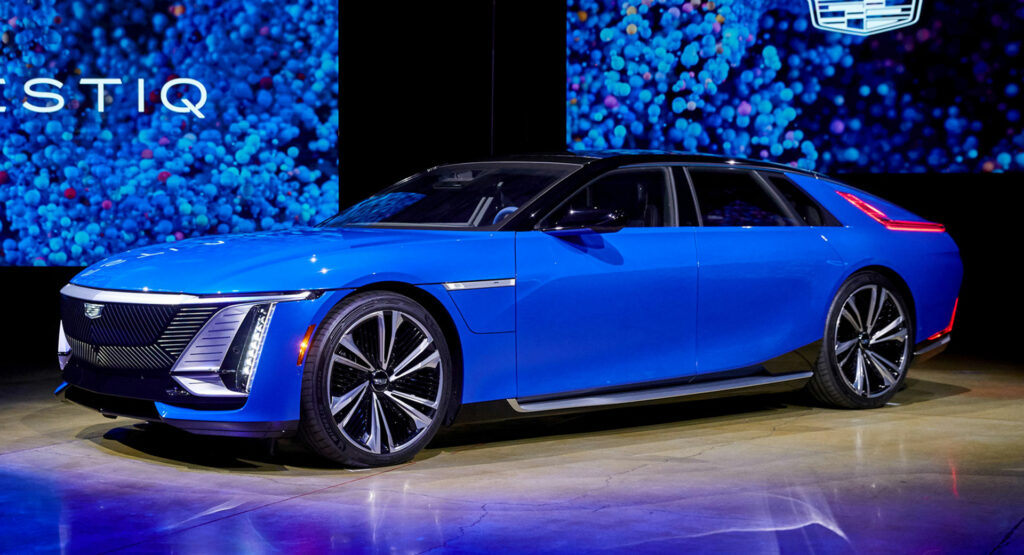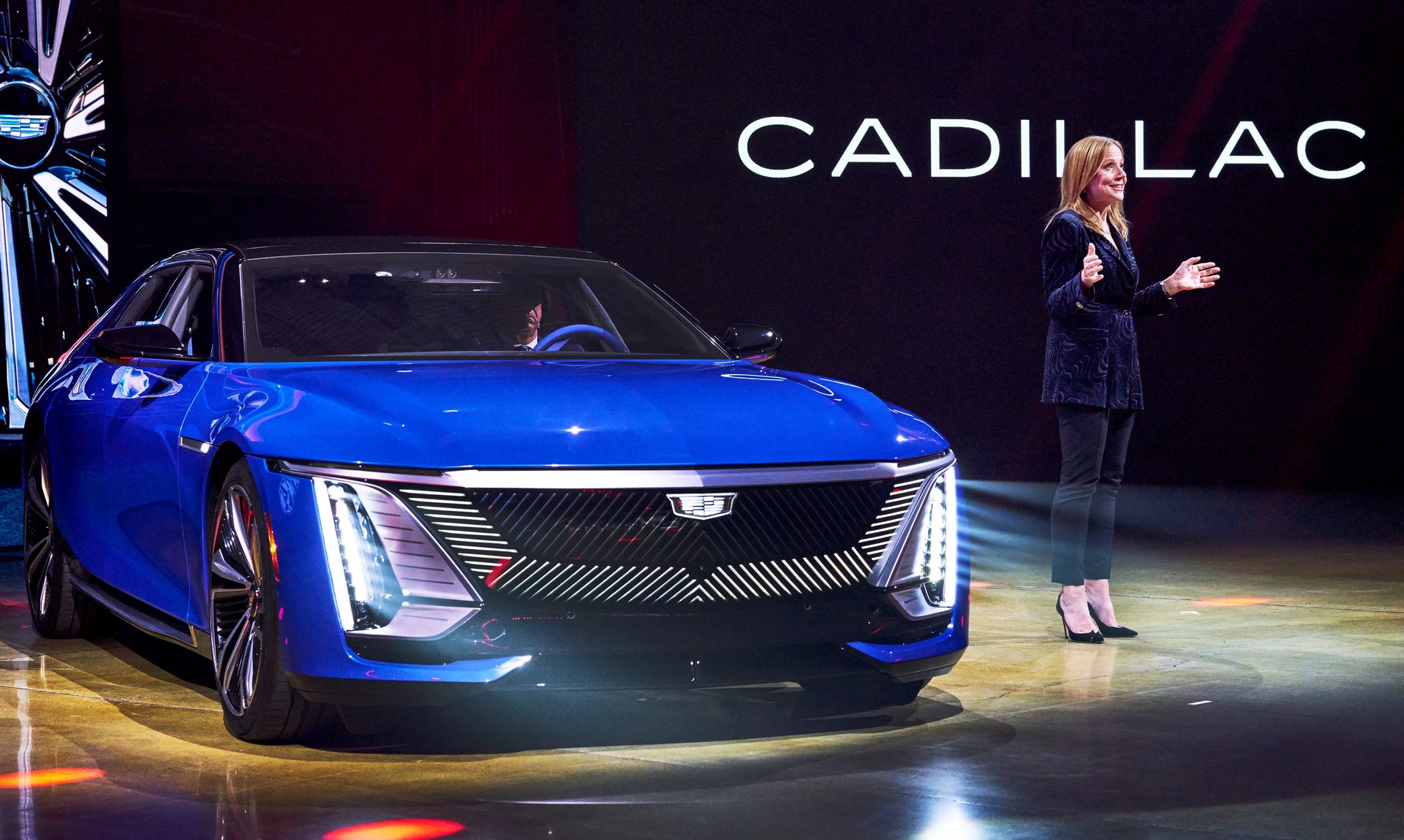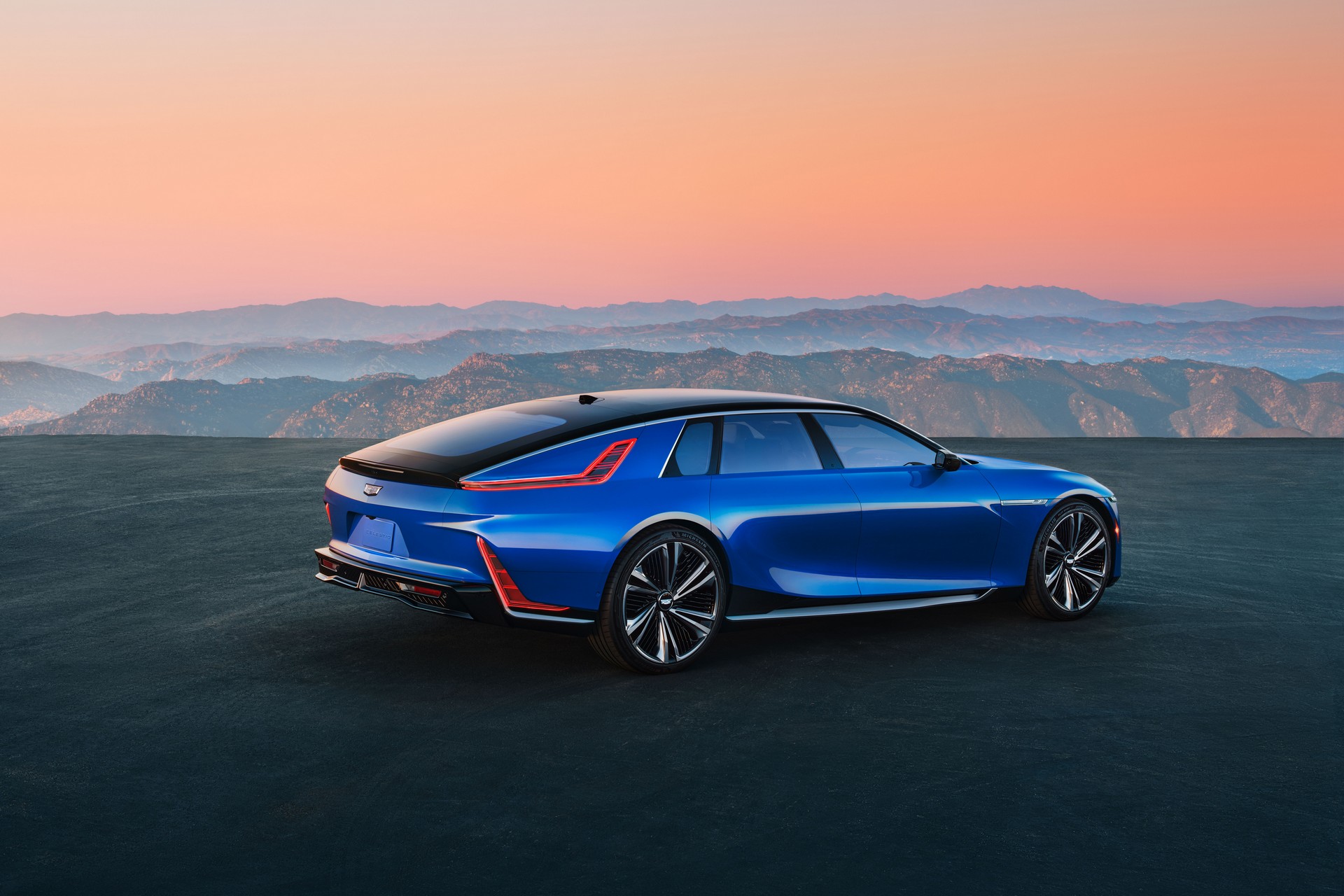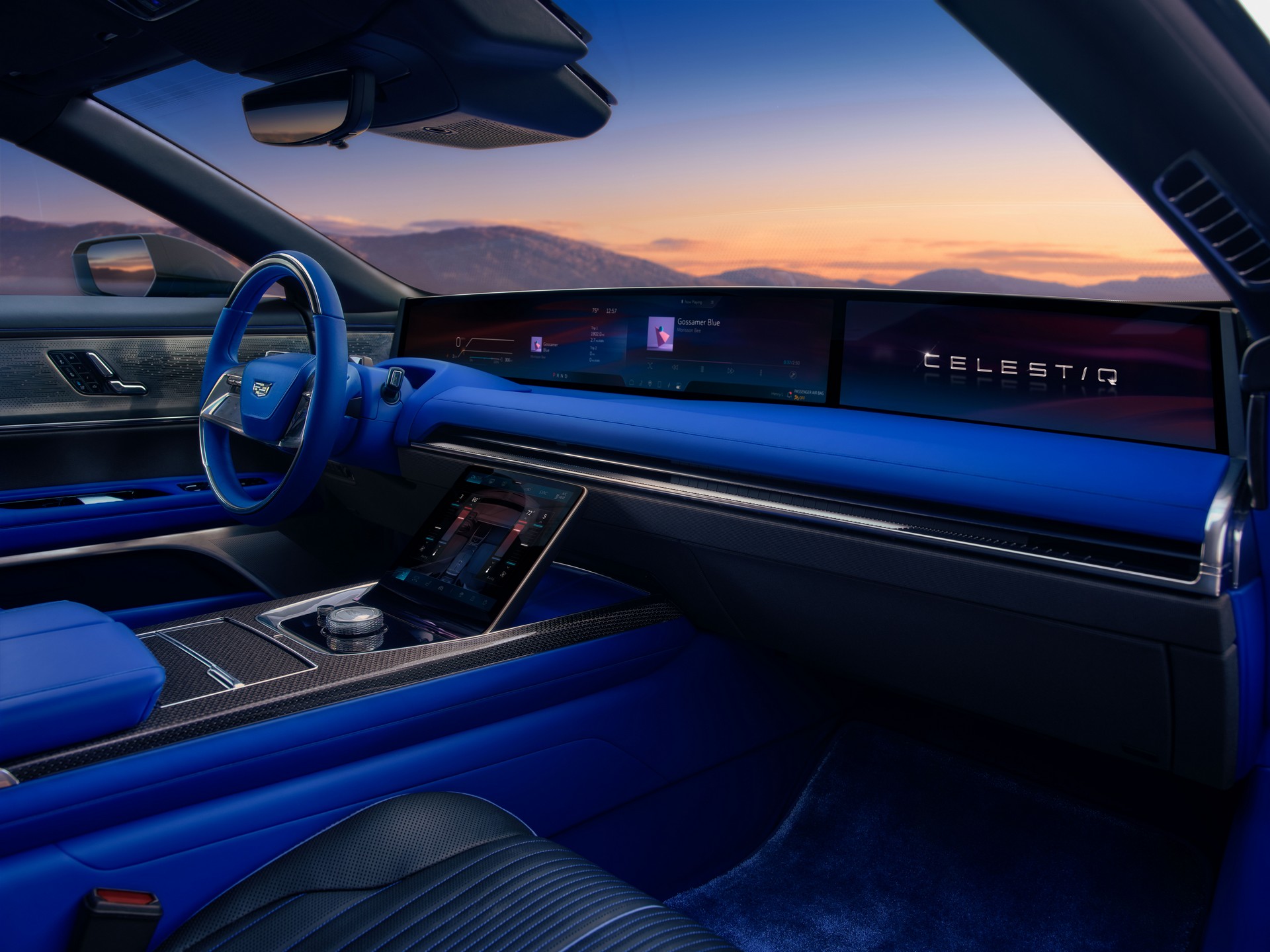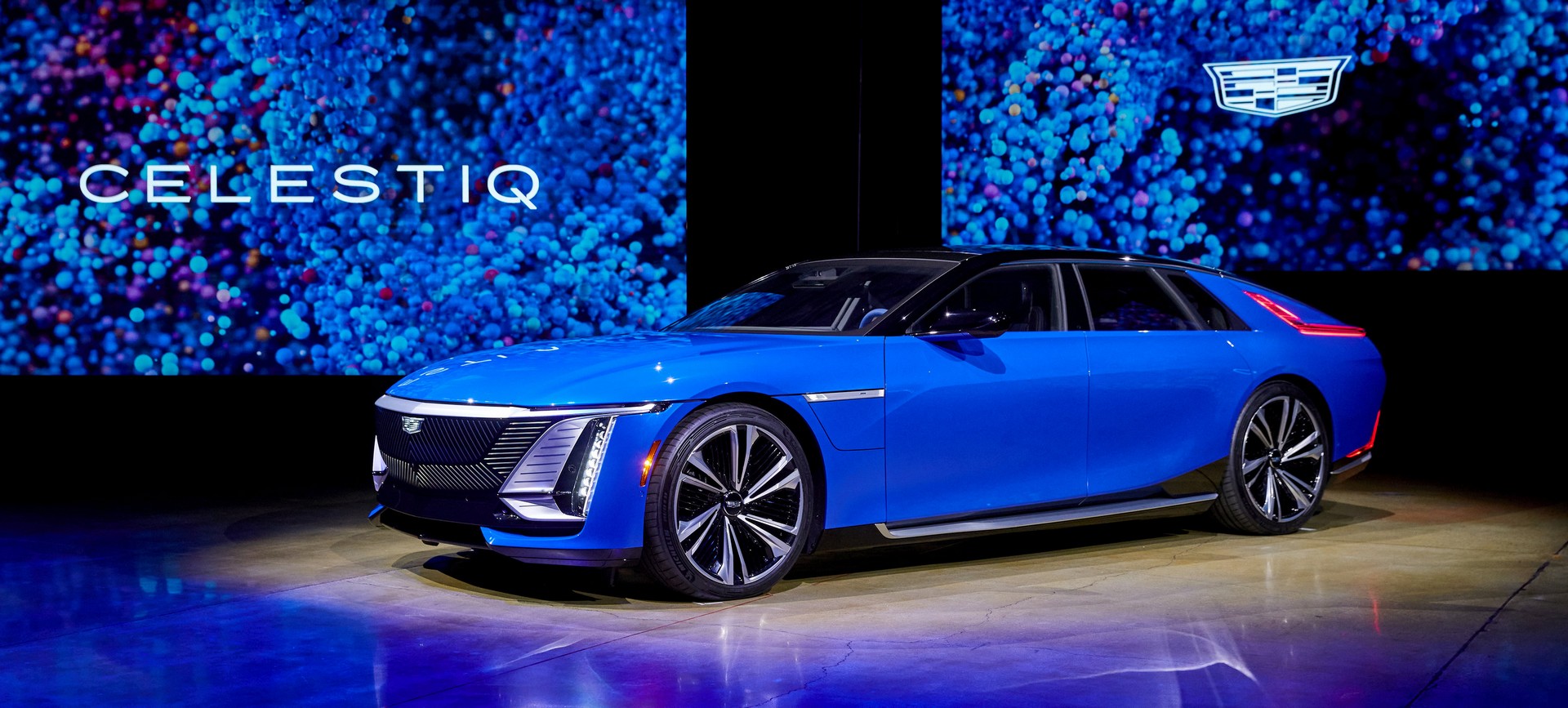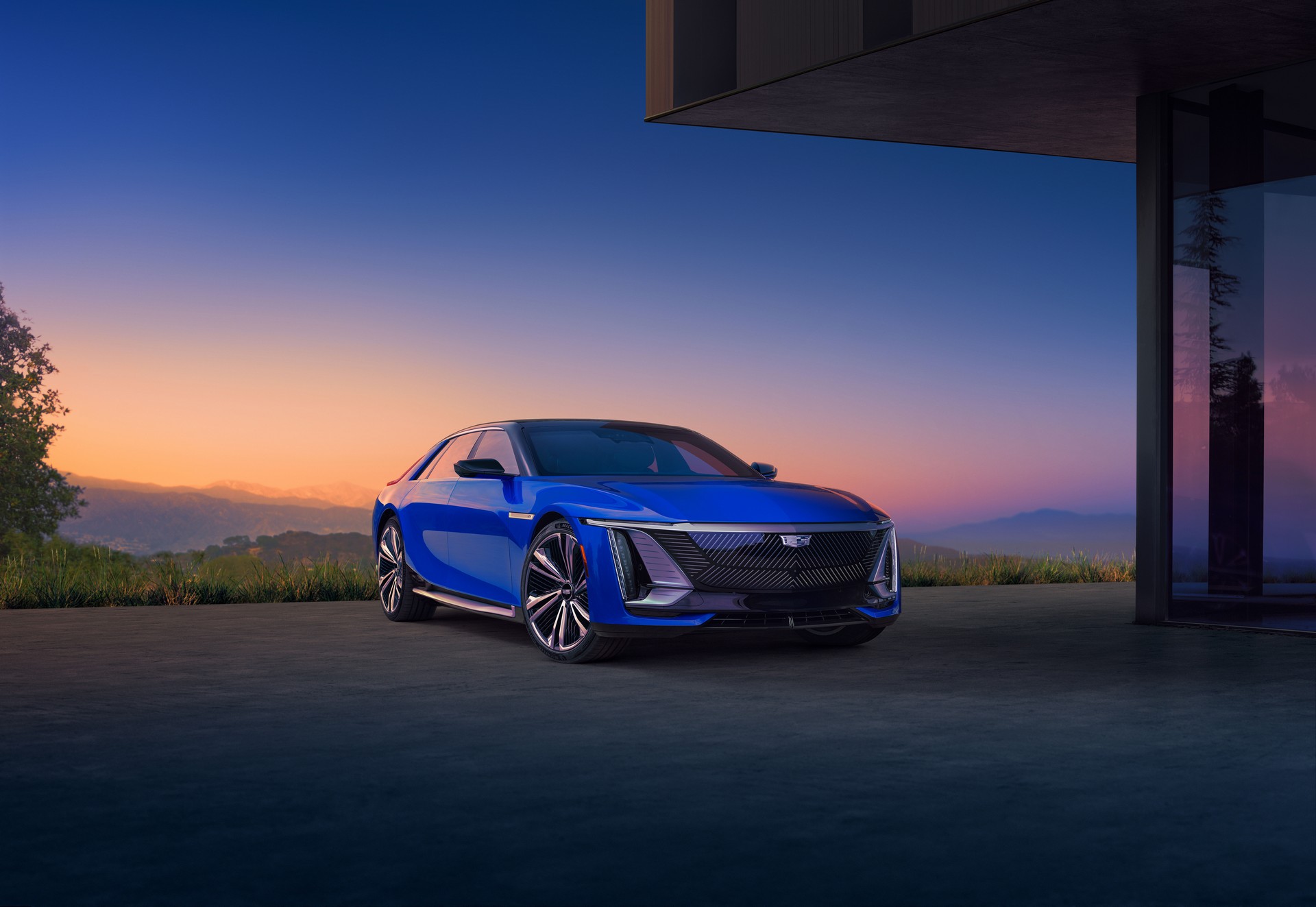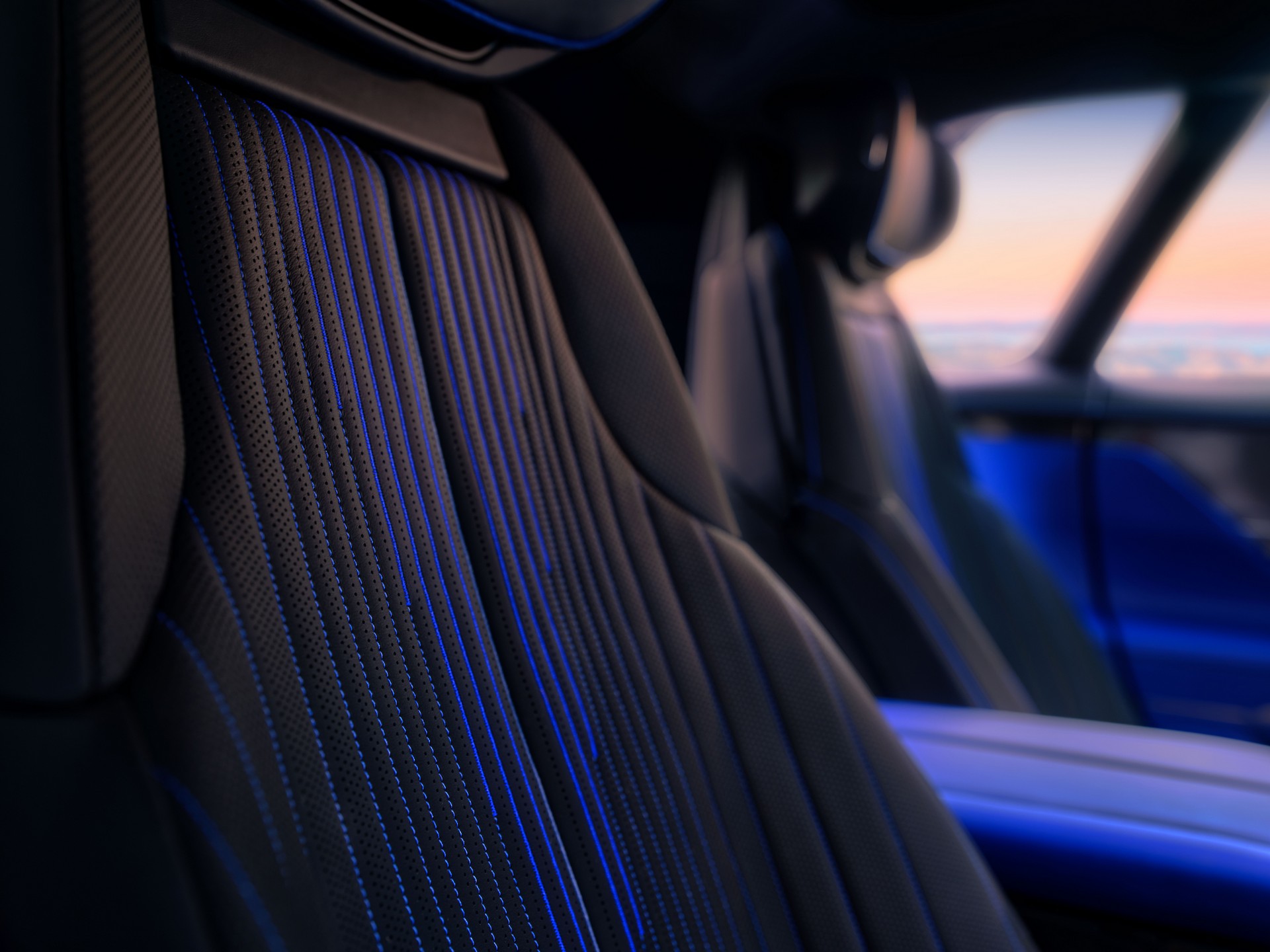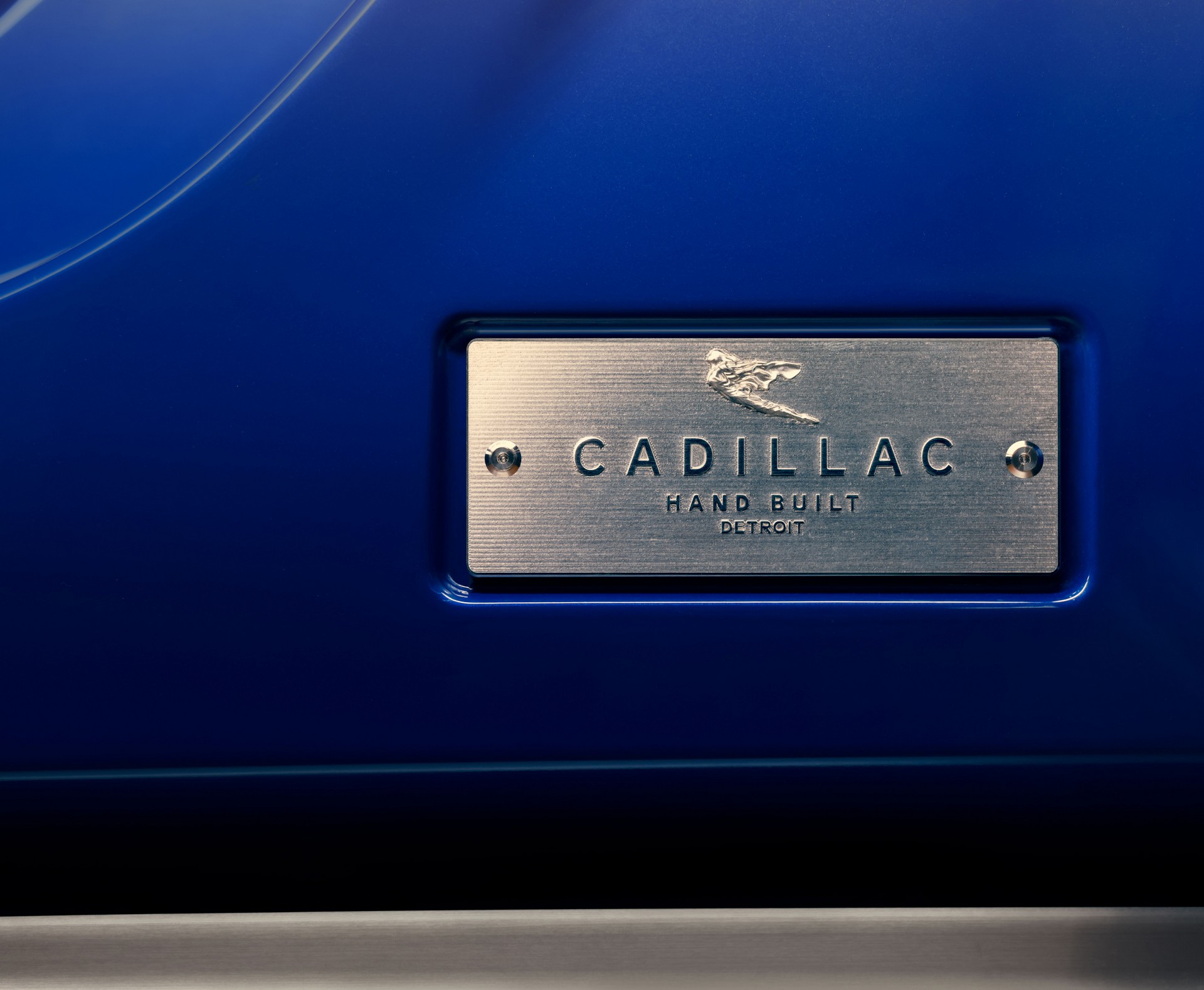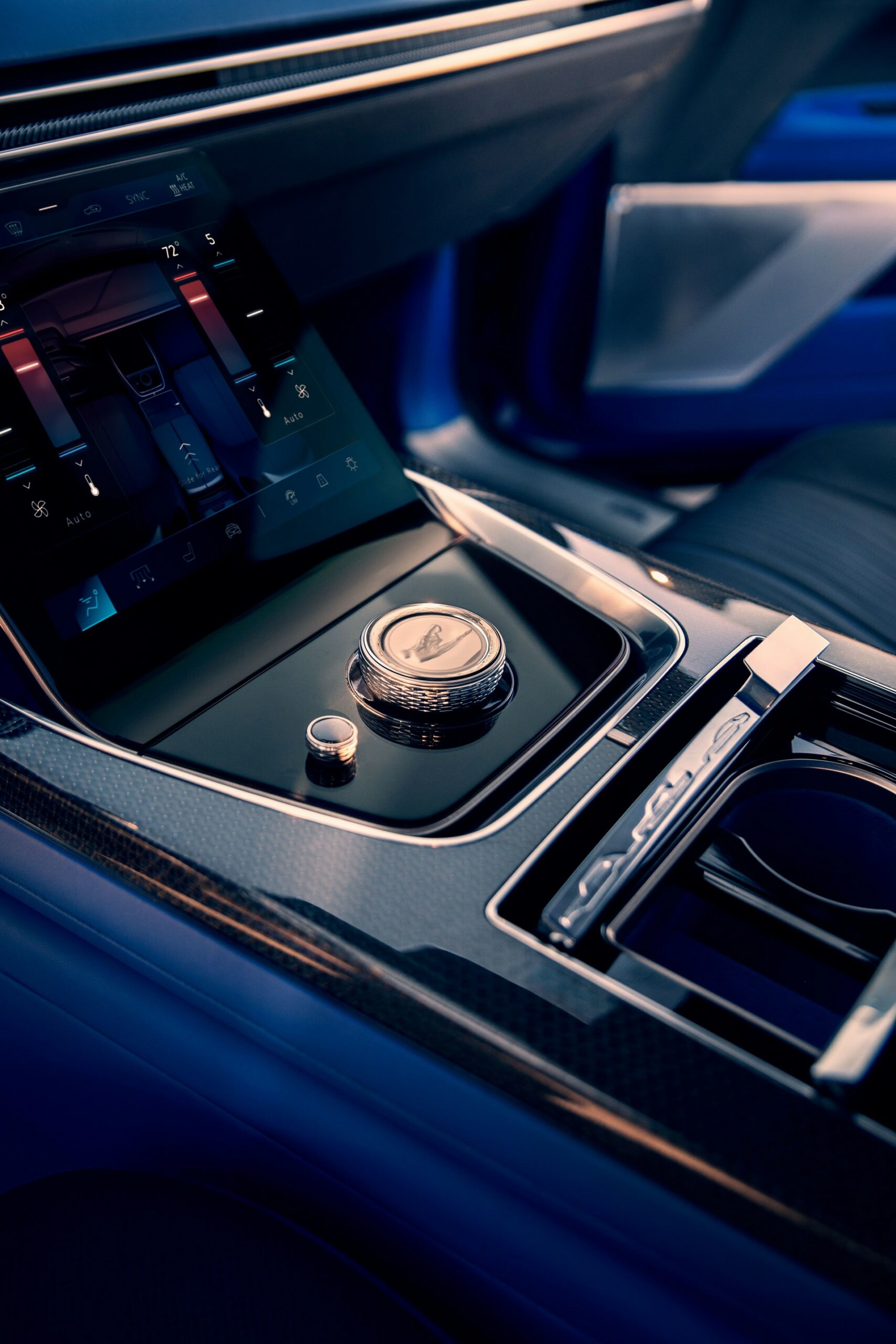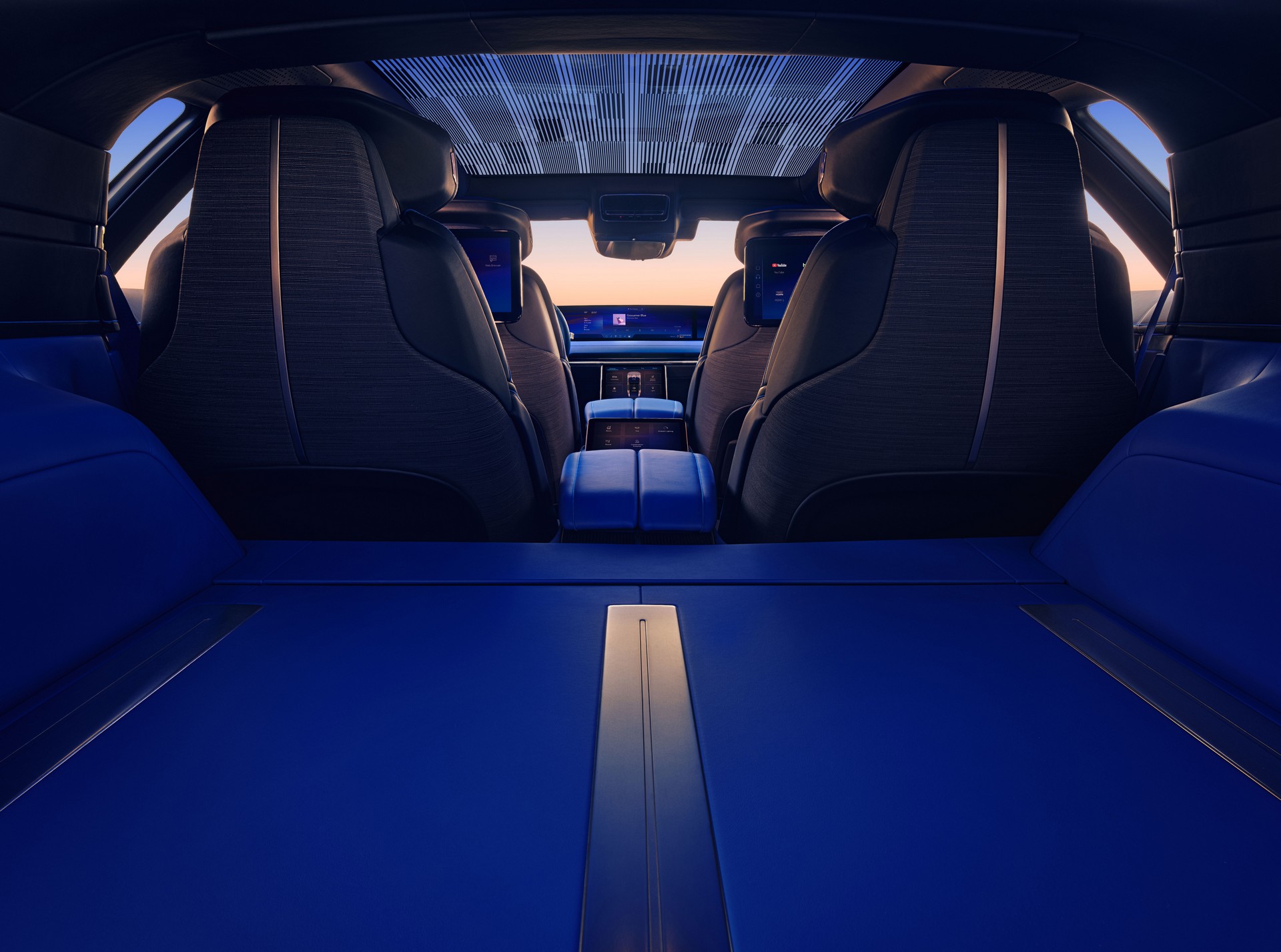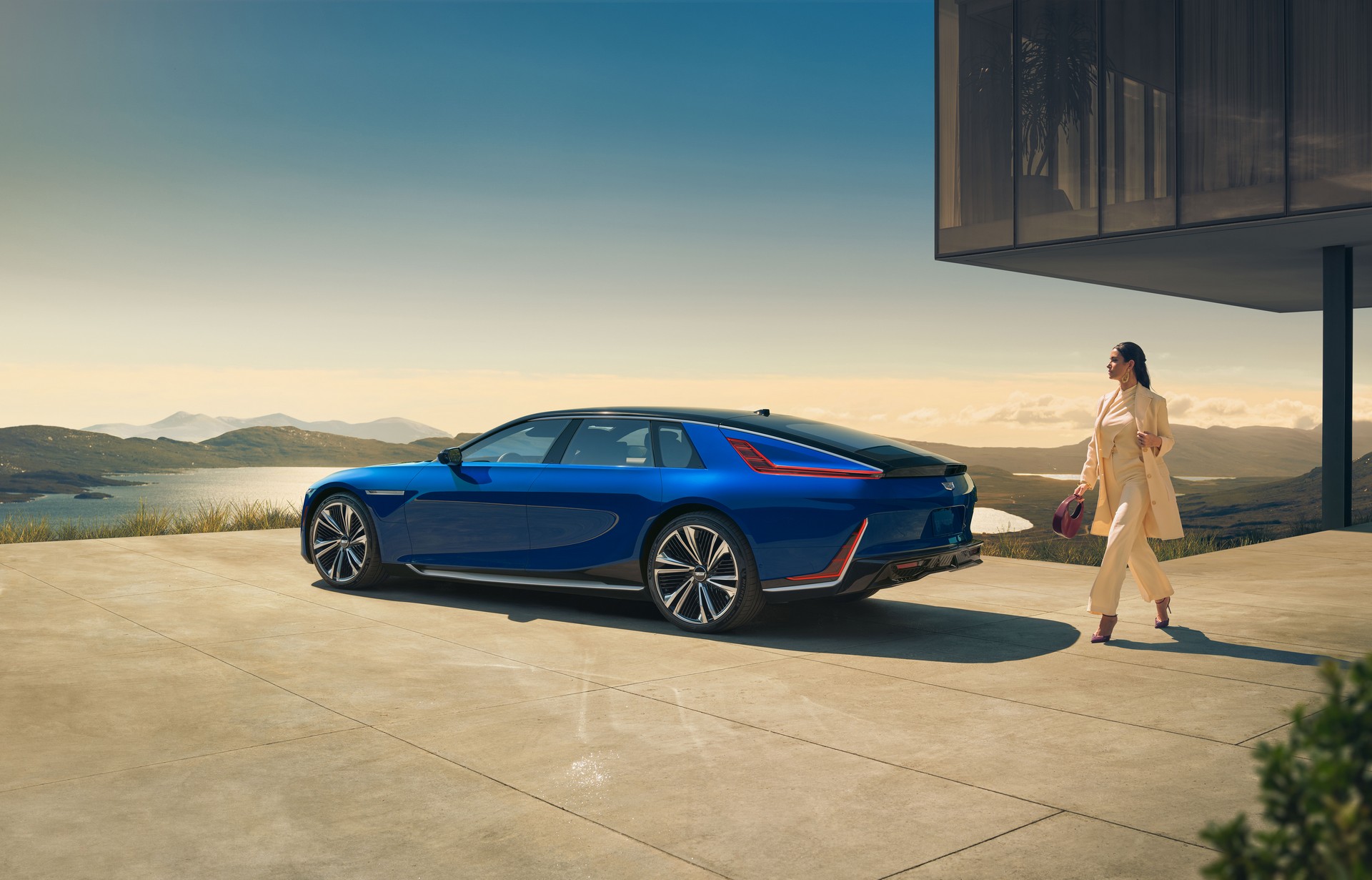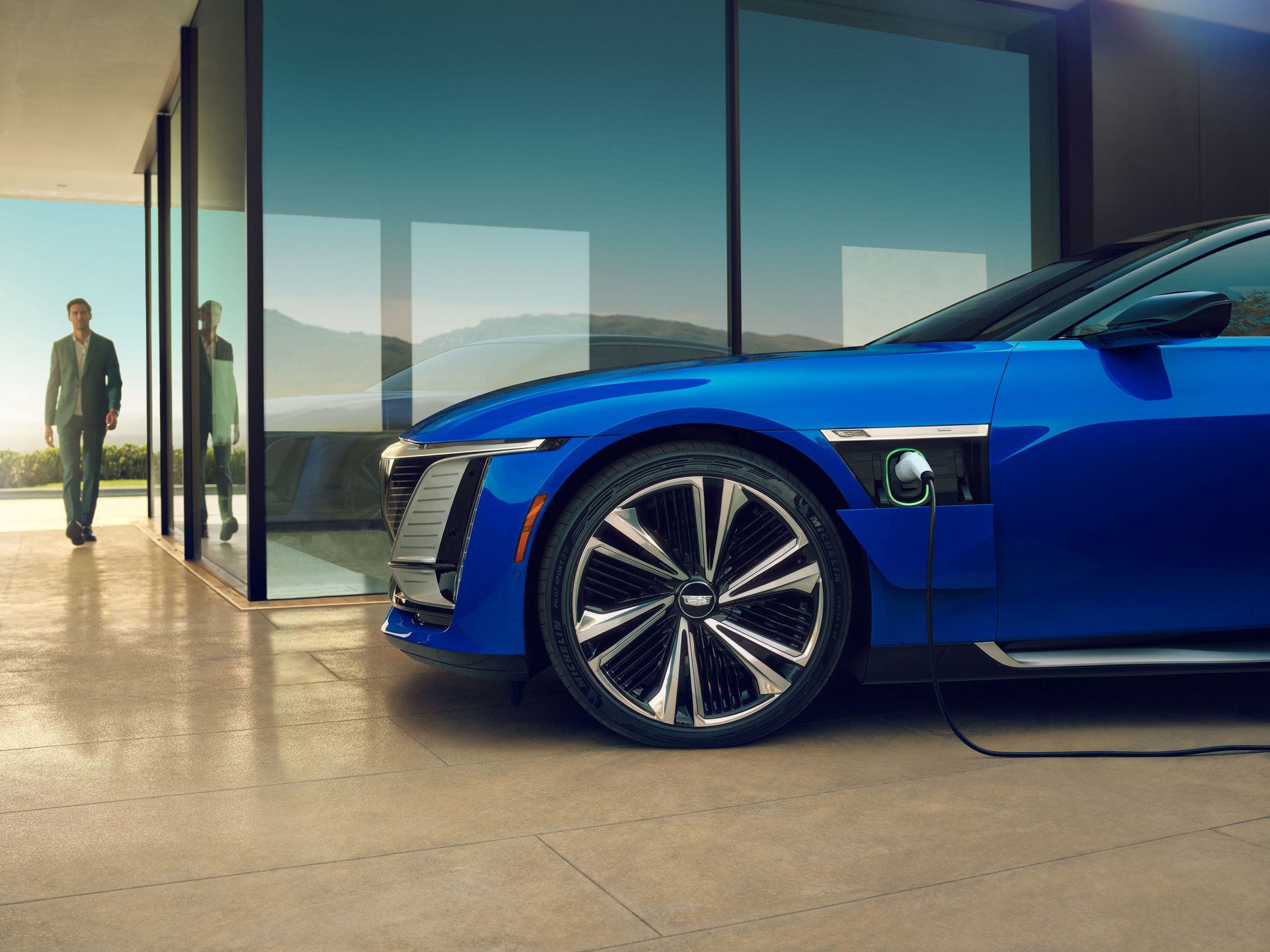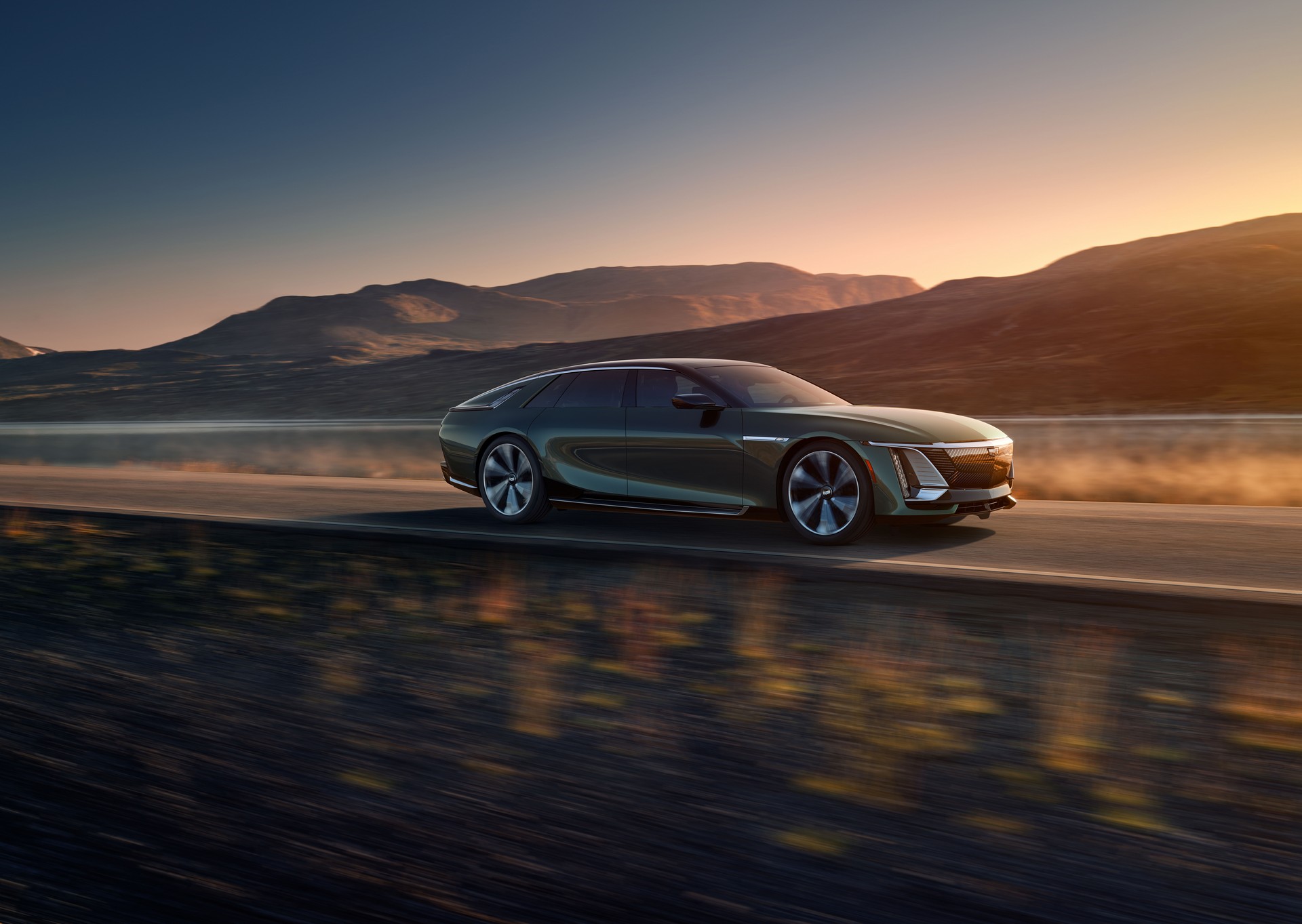The Celestiq marks the beginning of a new era for Cadillac as the company swung for the fences and developed an ultra-luxury car unlike any other.
However, reaction to the Celestiq has been mixed and we’re left questioning whether it’s a good halo car and the right move for Cadillac.
History would say no as Cadillac hasn’t found much success in the $100,000 price range, let alone the $300,000 range, if you exclude the Escalade. The company made a valiant effort with the Omega platform, which was slated to underpin an assortment of luxurious models. However, the brand’s plans folded like a house of cards and we only got the ill-fated CT6.
More: 2024 Cadillac Celestiq Flagship EV Debuts With 600 HP, 300 Miles Of Range And $300,000+ Price Tag
The model was discontinued a few years after launch, although it continued to live on in China. In fact, it’s doing far better than just surviving as spy photographers have snapped the second-generation CT6 and it appears to be a sleeker and more elegant Mercedes S-Class competitor.
Of course, there’s the Celestiq itself and we can’t help but to feel slightly underwhelmed. Cadillac turned out some amazing concepts over the years and the Celestiq unfortunately has to live in the shadow of the Sixteen concept, which debuted in 2003 and was an unmistakable Rolls-Royce competitor.
The Celestiq on the other hand? It’s different, but it doesn’t have the same presence or grandeur. The rear end has also been heavily criticized for sporting an odd mix of soft curves, sharp lines, and boomerang-shaped lights. It’s almost like designers didn’t know what to do, so they did a little bit of everything.
More troubling, the Celestiq is designed to be a showcase for the future as well as how far Cadillac and General Motors have come. While that’s understandable, it’s downright embarrassing that a $300,000+ ultra-luxury flagship has less advanced charging technology than a Hyundai.
The car’s 200 kW DC fast charging capability lags behind the Ioniq 5 as well as the far more affordable Porsche Taycan, which both charge at up to 350 kW. While the rate is slightly better than the BMW i7, in that model, you can pop in the back seat and watch movies on a 31-inch screen while waiting for the car to charge. In the Celestiq, rear seat passengers have to make do with 12.6-inch displays that are presumably shared with the Escalade.
While it’s hard to fault the car’s dual-motor all-wheel drive system, which produces an estimated 600 hp (447 kW / 608 PS) and 640 lb-ft (867 Nm) of torque, the car’s range of approximately 300 miles (483 km) isn’t remarkable when the Lucid Air can travel up to 520 miles (837 km) on a single charge.
All of this results in an ultra-luxury flagship that seems like less than the sum of its parts. Halo vehicles are supposed to be undeniably alluring and impressive, but the Celestiq only seems to elicit a shrug.
With all that being said, do you think the Celestiq is the right move for Cadillac and does it change your opinion of the brand?




